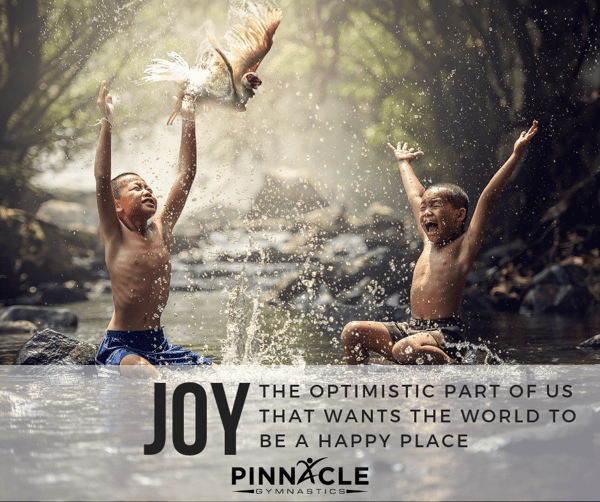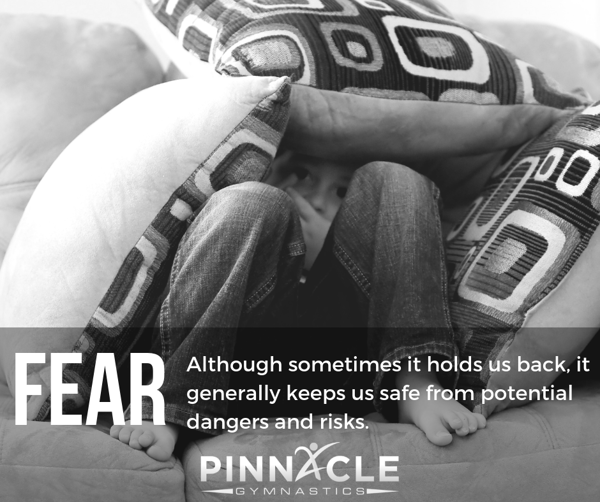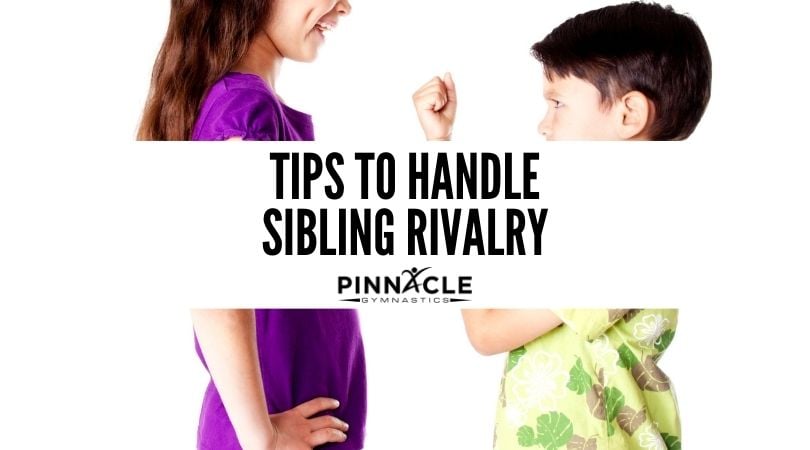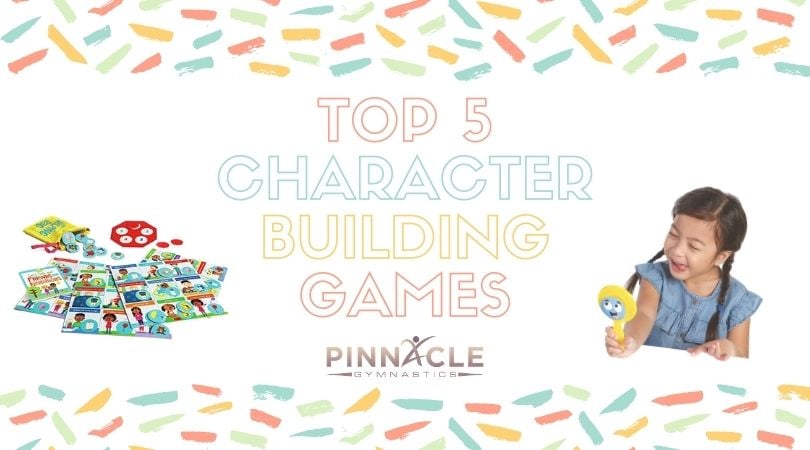The movie Inside Out, is one of the best movies Pixar has ever made. Children of all ages enjoy the film because of the fun characters, engaging story line, and fascinating ways of looking at the world around us. However, what is sometimes overlooked is how many great things we learn from the film. The movie touches on many psychological processes like short-term and long-term memory, risk management, and how the “voices in our head” help us through our daily lives.
![]()
To your preschooler, emotions are confusing. It is our job (parents, teachers, coaches) to help them appropriately manage their feelings. Inside Out captures 5 important emotions experienced by a young girl named Riley (Joy, Sadness, Anger, Disgust, and Fear) and gives them a name, a face, and a story. These personalities are easily relatable to children of all ages. Better yet, they can help you teach your children about pillars of character and provide tips on creating family balance.
Who is Joy?
Joy’s goal is to keep a smile on young Riley’s face. Her moto is best described as “the glass is ALWAYS half full.” Joy persistently encourages Riley to approach any challenges she may face as opportunities to be joyful.
What can Joy’s character teach us?
Joy has a lot to teach us. She shows us that we can always find a light in the darkness. It is important for preschoolers to understand that things won’t always go as planned and people won’t always treat us with kindness, but we have the power to find a reason to smile every day.
Who is Sadness?
Sadness is the opposite of Joy. She has a hard time being positive about anything. Joy and Sadness are in a constant battle with each other since their views of the world are totally opposite. Sadness might sound like the downer in this story, but in reality, she keeps Joy’s feet on the ground. Without Sadness, Joy’s uncontrollable optimism could continuously set her up for disappointment or even failure.
What can Sadness’s character teach us?
Sadness teaches us that sometimes, the best thing for us to do is find a safe place and cry. Sadness isn’t a weakness. It plays an important role in our emotional wellbeing. We need to have the ability to grieve. Sadness shouldn’t be bottled up and hidden because, if expressed correctly, sadness gives us empathy and teaches us to adapt to unfavorable outcomes.
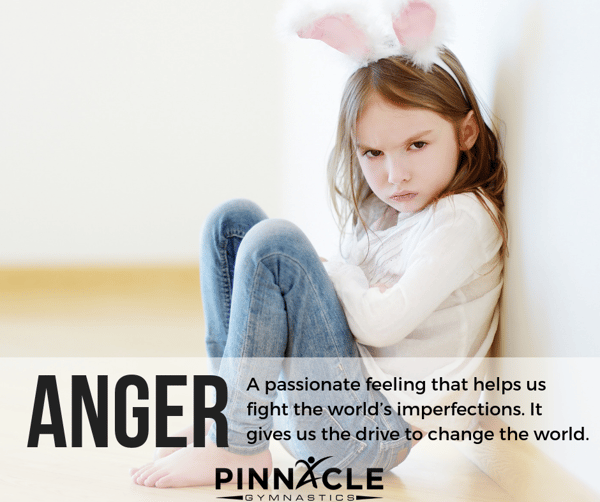
Who is Anger?
Anger is a fireball. He has little patience for daily imperfections and tends to overact in most situation. Anger yells, shakes his fist, and stomps his feel at any of life’s challenges. He is quick to make a decision before he thinks about how those actions will affect the other emotions. Anger isn’t always selfish though- he just wants Riley to be given an equal, fair chance at what she is perusing.
What can Anger’s character teach us?
Anger teaches us that it is important to think about how our actions effect those around us. In one of the scenes in the movie, Riley is overcome with anger and snaps at her parents. Although she doesn’t feel satisfaction from this episode of anger, Anger helps Riley realize what is important to her. Preschoolers throw tantrums over the silliest of things: they spilled their cup of juice or big sister’s piece of cake is bigger than theirs. Although he may seem selfish, Anger fights for us; he only wants life to be fair. Anger’s character teaches us that there is a right way and a wrong way to handle anger. When expressed correctly, anger drives us to fight for ourselves and others; but when expressed incorrectly, it can hurt us and those we care about.
Who is Disgust?
Disgust is a highly opinionated character that tends to be brutally honest. She is constantly aware of the people, places, and things that Riley meets. Although her opinions sometimes sound rude, she has good intentions and refuses to lower her standards because Riley’s well being is her top priority.
What can Disgust’s character teach us?
Disgust has an opinion much like the average two-year-old: blunt and extremely honest. Although her character has a tendency to sound “stuck up,” Disgust prevents Riley from being poisoned. If we didn’t have the emotion disgust, we could find ourselves in situation that endanger us. For example, when the foot we are about to eat is omitting a foul odor, we know to stay away from it. Disgust protects us from things like rotten food, germs, and illnesses.
Who is Fear?
Fear’s main job is to keep Riley safe by protecting her from potential dangers and possible disasters throughout her everyday life. However, Fear seems to find something frightening in every activity and event Riley participates in during the day.
What can Fear’s character teach us?
Just like Riley’s emotion Fear keeps her safe, so does ours. A fear of heights can keep a 3-year-old from jumping from the top bunk of a bed to the unforgiving floors. However, when a child lacks these fears, they can find themselves in dangerous situations. As adults, it is important for us to foster reasonable fears and encourage children to overcome irrational fears.
The best things to take away from Inside Out are:
- Joy is the optimistic part of us that wants world to be a happy place.
- Sadness is a necessary feeling that helps keep us centered.
- Anger is a passionate feeling that helps us fight the world’s imperfections. It gives us the drive to change the world.
- Disgust is a sometimes pesky emotion that prevents us from doing perfectly safe things (like eating broccoli), but it always has good intentions and keeps our standards high.
- Fear keeps us safe. Although sometimes it holds us back, it generally keeps us safe from potential dangers and risks.
Inside Out’s most valuable message is when it comes to emotions, balance is key. Even the most emotionally-in-control person experiences all these emotions. When “the voices inside our head” get along, we are better equipped to take on life’s challenges. This movie strives to break down the negative stigmas of emotions like fear, disgust, anger, and sadness to demonstrate the importance of experiencing and correctly balancing each emotion. Just like pillars of character, emotions are not weaknesses; they are tools that help us function, cope, and succeed in life.

